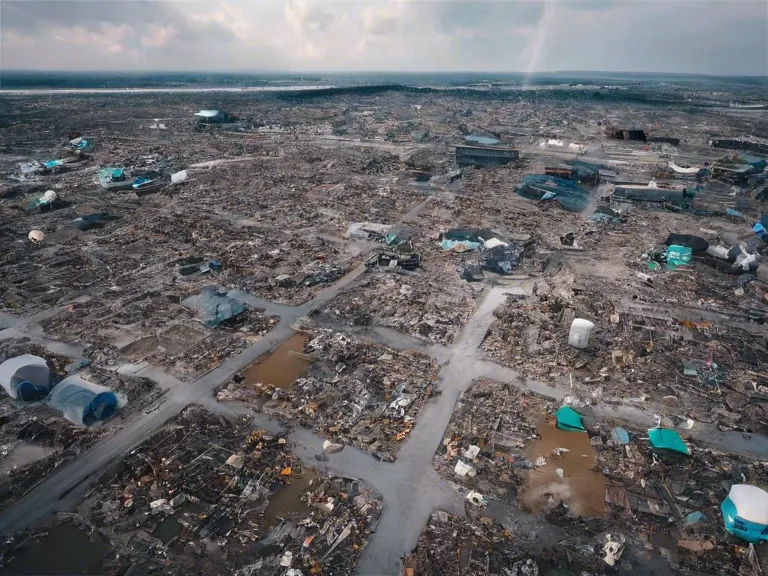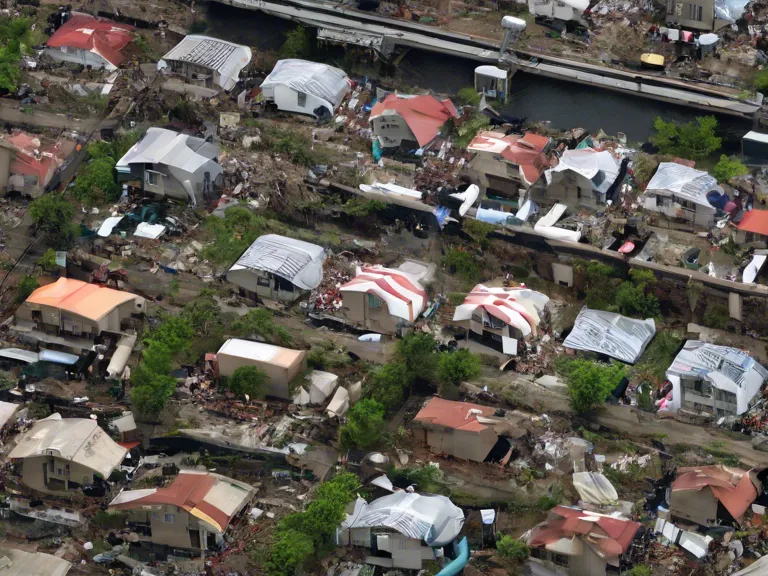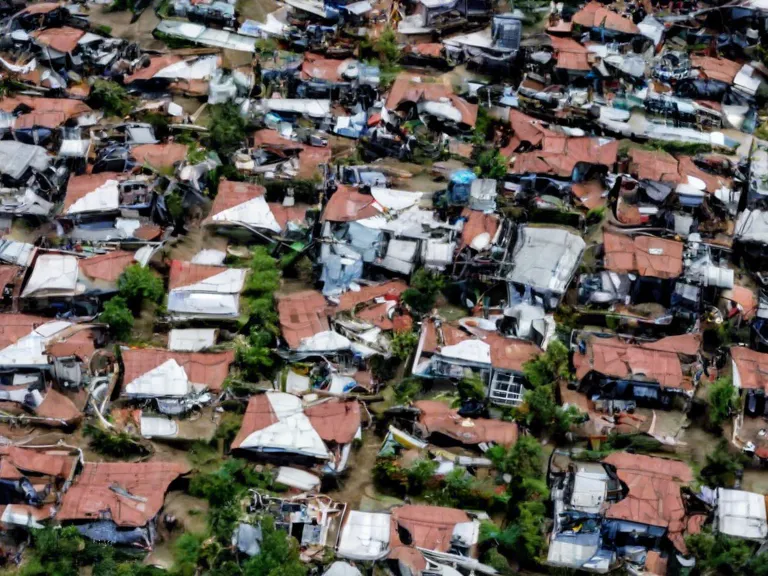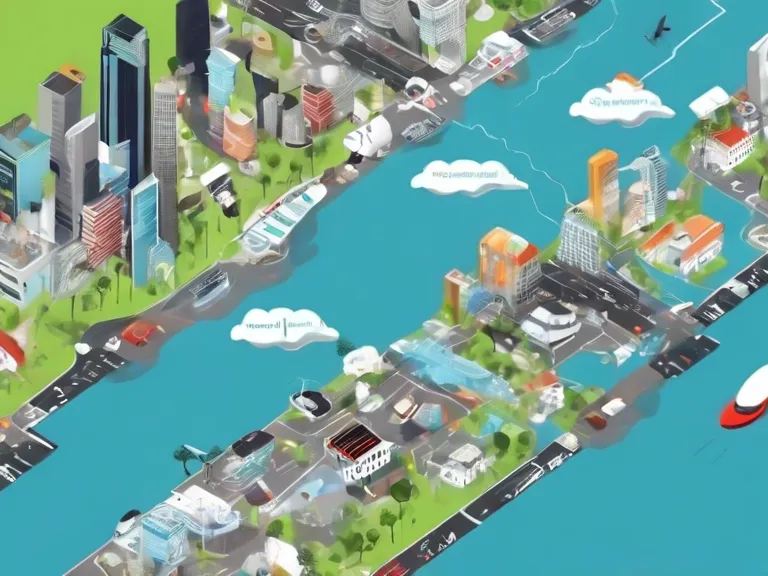
How the Future of AI and IoT Will Revolutionize Disaster Response
In recent years, advancements in artificial intelligence (AI) and the Internet of Things (IoT) have transformed various industries. One area where these technologies show immense potential is in disaster response. By leveraging AI and IoT, emergency response teams can improve their efficiency, accuracy, and speed in mitigating the impact of natural disasters, such as hurricanes, earthquakes, and floods.
AI for Predictive Analysis
AI algorithms can analyze vast amounts of data from IoT sensors, satellite imagery, weather forecasts, and historical disaster patterns to predict when and where a disaster might occur. By identifying these patterns, authorities can issue alerts and warnings to at-risk populations, enabling them to evacuate or take necessary precautions well in advance.
IoT for Real-Time Monitoring
IoT devices, such as sensors and drones, can provide real-time monitoring of disaster-affected areas. These devices can collect data on environmental conditions, infrastructure damage, and the location of survivors. This information can help emergency responders prioritize their efforts and allocate resources effectively.
AI for Decision-Making
During a disaster, emergency responders are often faced with complex decisions that need to be made quickly. AI-powered decision-making tools can analyze multiple variables and scenarios to recommend the best course of action. This can help responders make more informed decisions and coordinate their efforts more effectively.
IoT for Communication
Communication is crucial during a disaster, both for coordinating response efforts and providing updates to affected populations. IoT devices can ensure that communication networks remain operational, even in areas with damaged infrastructure. This can help keep responders connected and provide vital information to those in need.
As AI and IoT technologies continue to evolve, the future of disaster response looks promising. By leveraging these tools, emergency responders can enhance their capabilities, improve their response times, and ultimately save more lives during crises.



